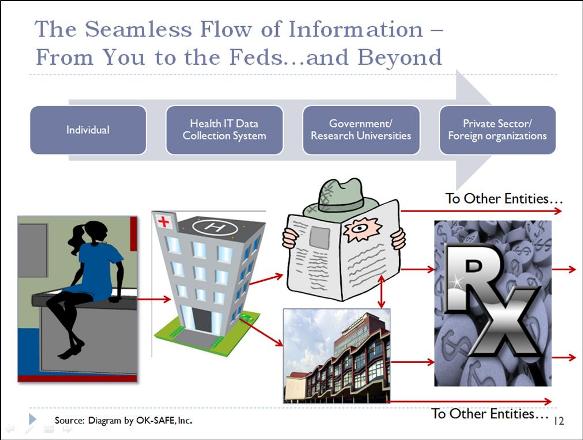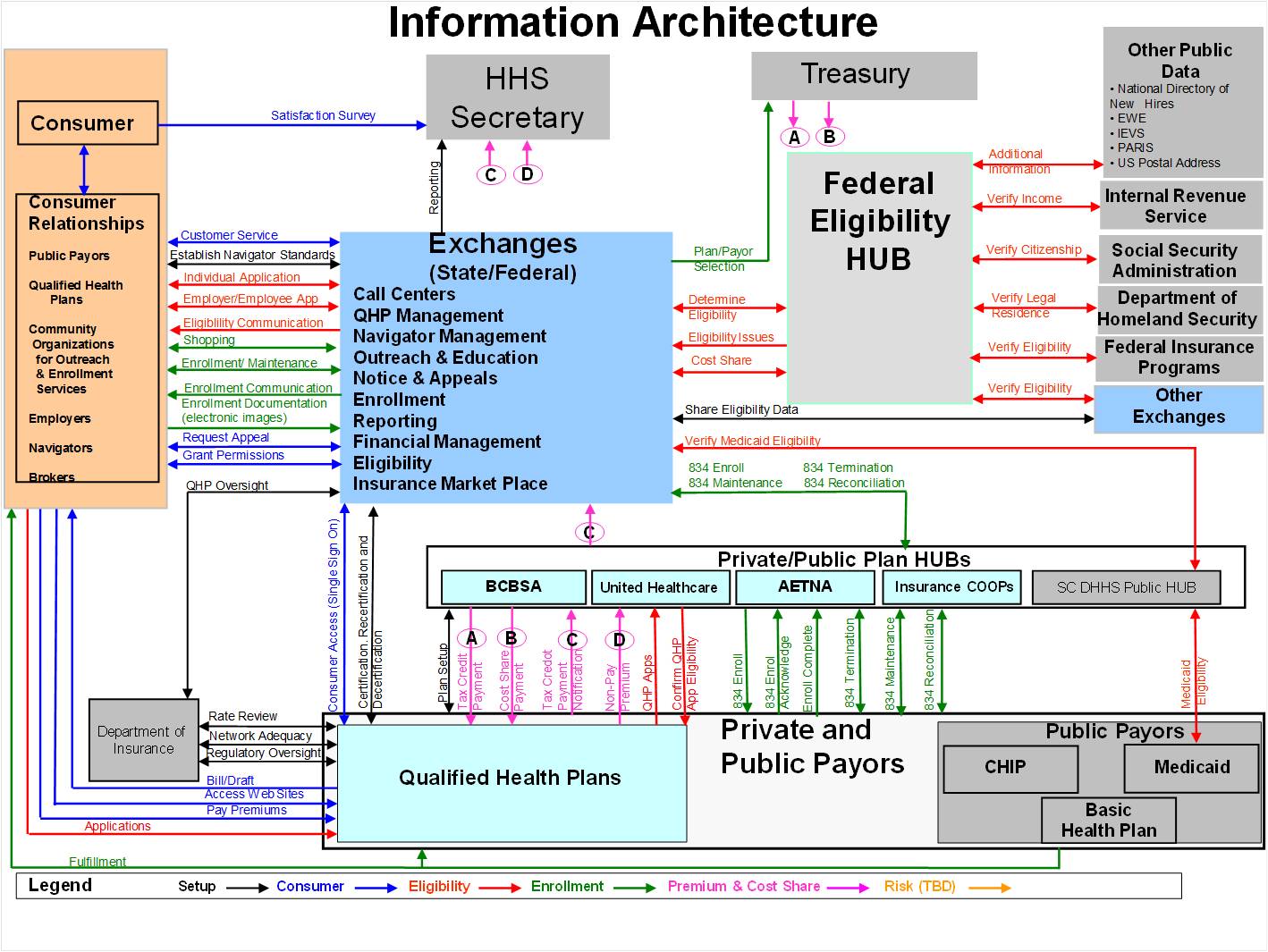Health Care Reform Defined
OK-SAFE, Inc.
The American public has been misled about what health care reform in the United States actually means and what it entails.
Health care reform is not about healing sick people, nor is it about “savings lives and saving dollars” as we have been led to believe. The individual mandate is only a fraction of the reform agenda.
Health care reform is really health care reinvention. It is replacing our traditional medical system with a non-human, technology-based, universal health care system. This reinvented system is tied to, and interoperable with, similar systems in foreign countries.
Health care reinvention replaces real doctors with virtual doctors and causes our most intimate medical and health information to be shared globally. Our health information includes not only our medical records, but any conversations we have with a doctor, any “mental health” counseling we seek, and comprehensive information about our lifestyle and lifestyle choices.
This information is shared without our knowledge or informed consent, with unknown people and institutions.
Most significantly, health care reinvention severs the once-confidential relationship between patients and doctors.
Whatsoever things I see or hear concerning the life of men, in my attentance on the sick or even apart therefrom, which ought not be noised abroad, I will keep silence thereon, counting such things to be as sacred secrets.
Oath of Hippocrates, 4th Century, B.C.E.
|
American's personal information used to be held as private and inviolate.
The Real Definition
Health Care Reform – The adoption and use of IT (information technology) to implement a nationwide health information network (NHIN), that enables the seamless flow of information across institutional and jurisdictional boundaries, and that allows the growing global surveillance system to function.

Electronic Health Records – Reform is predicated on the creation of a standardized, interoperable electronic health record (EHR) on every single individual
Cradle-to-Grave – EHRs are used for data collection, aggregation and reporting and are intended to track a person from birth to death. (Longitudinal)
EHRs are universal and to be shared globally – not only within our government, but with foreign governments, universities, and other third parties.
Requires Standardization and Interoperability – Common standards establish uniformity and compatibility in data collection, regardless of jurisdiction and allow for interoperability of disparate systems
EHRs include each person's genetic information – This will be used for research purposes, without the knowledge or consent of the individual
Rights killing – Health care reform, and other data collection networks, do an “end-run” around search warrants, and nullify our inherent rights to life, liberty and property.
The health care reinvention is really technological reform that enables the interfacing of your medical and health data with your education records, your banking and employment records, and your insurance provider.
Electronic Health Records
In 2004, President George Bush issued Executive Order 13335, establishing the Office of the National Coordinator for Health Information Technology. The goal of this office was to ensure that every single person in the U.S. had an electronic health record by 2014. The “Stimulus Bill” was the real health care reform law and required “the utilization of an electronic health record for each person in the United States by 2014.”1 This bill included funding for states and providers to implement this EHR requirement.
EHRs include medical information and health-related information, including demographics, lifestyle choices, and more, and has the capacity to “provide clinical decision support” (read software programs that make clinical decisions), and that facilitate the electronic linkages “between health care providers, health plans, the government, and other interested parties.”2
The Exchanges
There are two exchanges – health information exchanges and health insurance exchanges. The former were established in the states with funding from the Stimulus Bill, the latter via the Patient Protection and Affordable Care Act (PPACA, aka “Obama Care”). The health information exchange is a network of networks, linking the patient, providers, labs, universities and the state.
The states are now facing the implementation of the Health Insurance Exchanges, which will be the final component to complete the Information Architecture. (See diagram). It does not matter whether the states or the federal government sets up the insurance exchange – it will be run according to federal standards and requirements for interoperability.
Navigators Replace Insurance Brokers
Navigators (electronic helpers) will replace traditional insurance brokers, even if initially the states' attempt to maintain or protect this sector.
Archimedes – A Decision Support Tool
Oklahoma has already awarded one contract for Archimedes IndiGO3 , a software program measures “quality adjusted life years” and “quality adjusted life years costs,” and plans to adopt it statewide. This software “tool” will fill in the gap in health care providers when more people are added to the insurance plans.
Federal Data Hub – Information Architecture

Note in the above diagram that there are only three insurance providers noted – BCBSA, United Health Care and Aetna, and a COOP. This is not a picture of the free market, nor is it competitive.4
Action Items
Oklahoma is implementing health care reform (“Obama Care”), despite the wishes of the citizens and without their informed consent or knowledge. The following three pieces of enabling legislation need to be repealed:
- SB 1420, in 2008 – Creating the OK Health Information Exchange Act
- SB 757, in 2009 – Creating the Health Information Infrastructure Advisory Board (HIIAB)
- SB 1373, in 2010 – Creating the Oklahoma Health Information Trust (the OHIET)
Contact your Oklahoma Legislators and ask them to repeal the above laws.
Contact Information:
OK House members click here – House
OK Senate members click here – Senate
¹The HITECH Act of 2009, Sect. 3001, 42 USC 300jj-11.
²The HITECH Act of 2009, Sect. 3000, 42 USC 300-jj
³www.archimedesmodel.com/indigo
4Diagram used by Krista Drobac of the NGA, and shown to the OK Joint Legislative Committee on Federal Health Care Reform on 11/3/12.
|
|
|